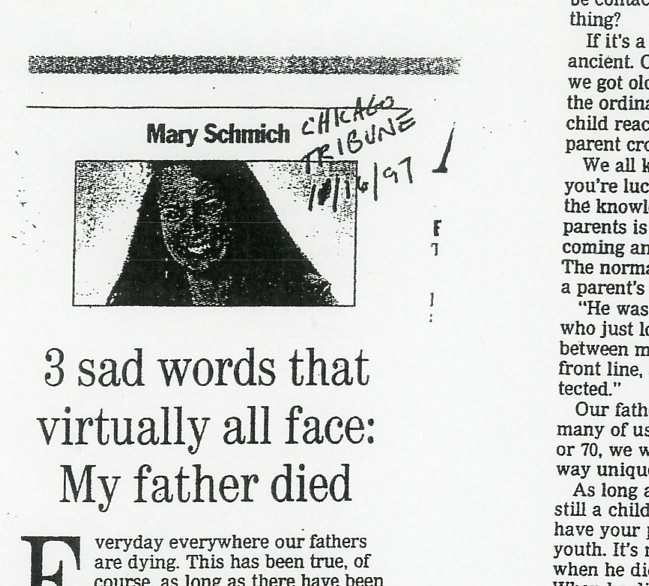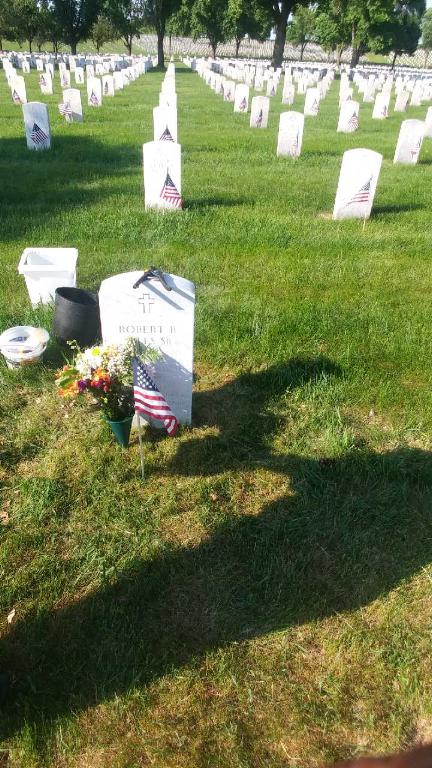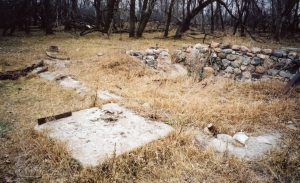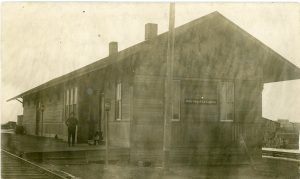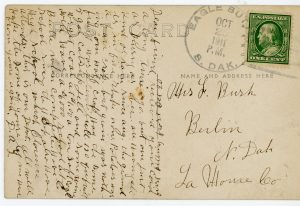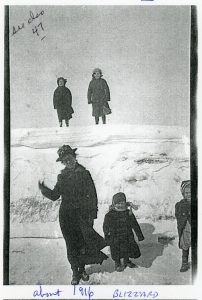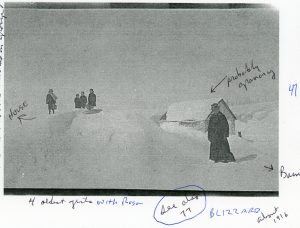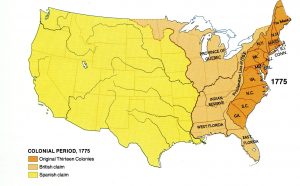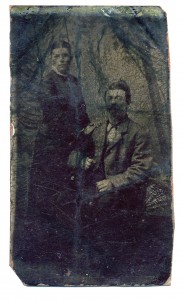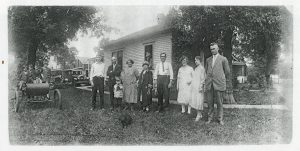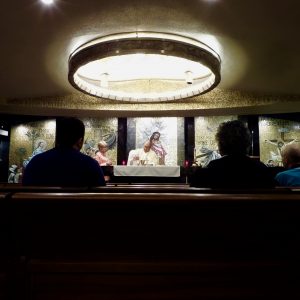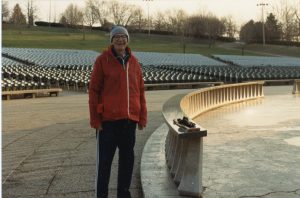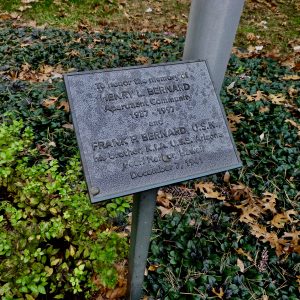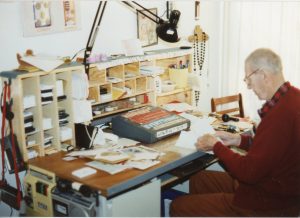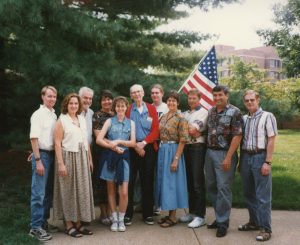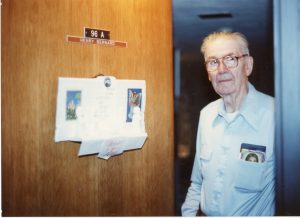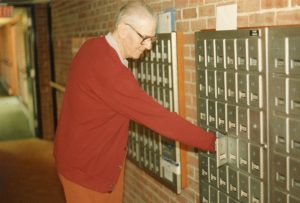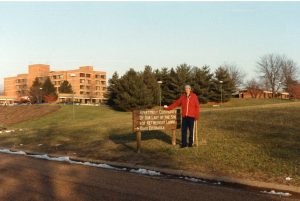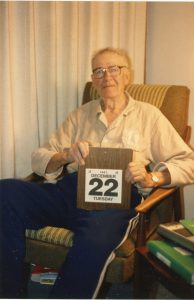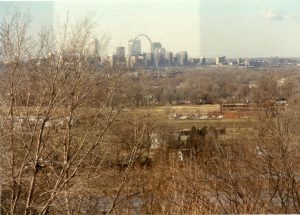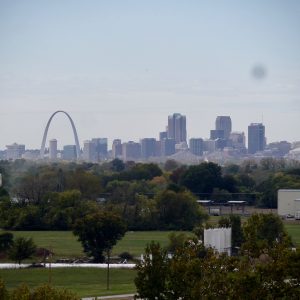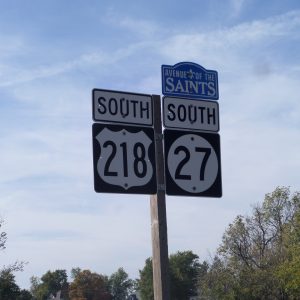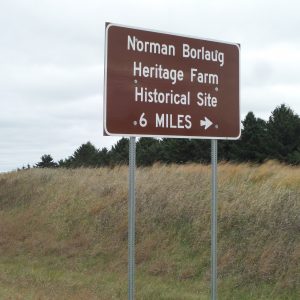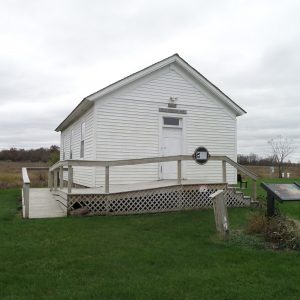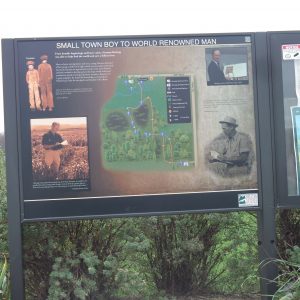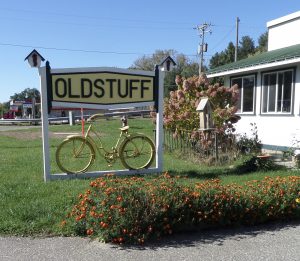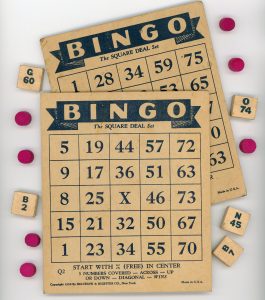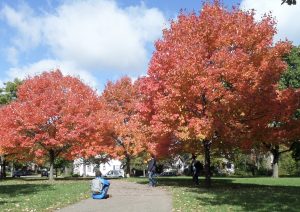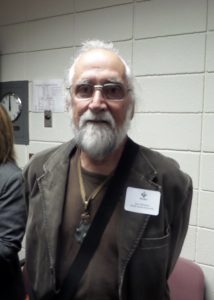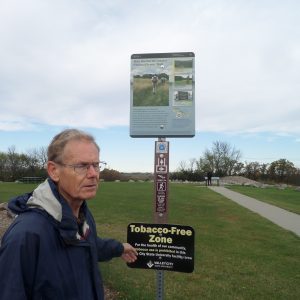Happy Valentine’s Day.
Sometime before she began first grade in about 1913 my Aunt Lucina got a Valentine from a young friend, Stella, who lived on a farm a couple of miles down the road in Henrietta township North Dakota.
(click to enlarge illustrations)
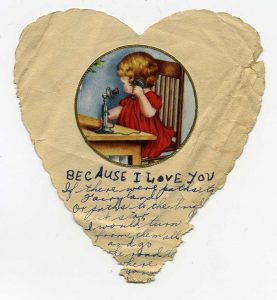
Valentine
Her friends Mom helped make this card for her daughter. Most likely it was delivered in person by horse and buggy. A year or so earlier, rural telephone (“two longs and a short”) had entered the vocabulary of these country neighbors, but in those days the phone was “party line” for everybody, and not for casual use. Stella was apparently missing her young friend down the road, my Aunt Lucina.
Valentine’s Day has a very long history. You can read about it here; (do a quick scroll to “Modern Times” for the more contemporary history.
All of the following are Valentine cards from the Busch farm in ND, which I had borrowed from Uncle Vince and Aunt Edithe, and scanned years ago. They were in a box, and I wrote a bit about them a dozen years ago. My post says there were 19 Valentine’s in the box. I scanned the nine you see here.
The remaining illustrations in this post are all from that same box, that same scan, just waiting for the appropriate time to see the light of day, albeit on a computer screen in 2018.

Valentine
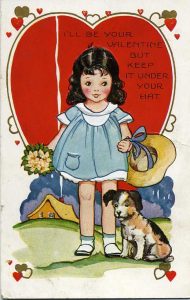
Valentine
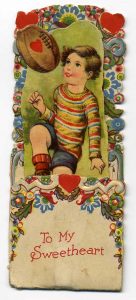
Valentine
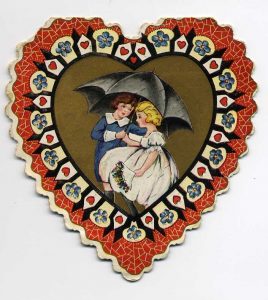
Valentine
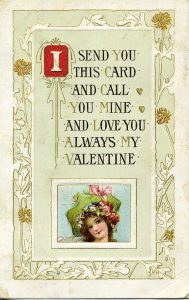
Valentine 1911
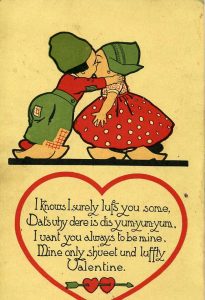
Valentine 1913
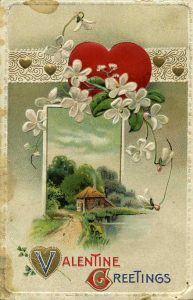
Valentine 1913
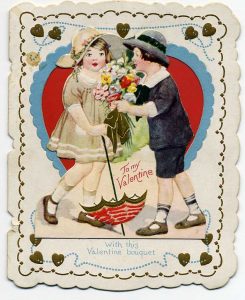
Valentine
POSTNOTE, “#MeToo”:
The following are my scattered/random comments as we wade through the swamp of #MeToo. #MeToo is about relationships of one sort or another gone awry. It has overtaken most everything else in the national conversation the last few months, but if you think about it, the high profile #MeToo’s are very few and very rare.
What follows are some personal unpolished thoughts out loud, hopefully to encourage other thoughts out loud, but mostly to encourage people of different genders, ages, points of view, to discuss together, in person, the “#MeToo” issue. There will be squirming and defensiveness, but the conversations are worth having, far better than the insanity we’re going through today.
I have relevant experience with this, beyond simply being a human being.
As a teacher union staff person from 1972-2000, I and my colleagues had plenty of experience with the “sex” issues of those days: accusations similar to todays, most in the area of inappropriate contact between student and teacher; often front-page news. They were also rare, mostly men were accused (but not all), and mostly there was provable guilt to some degree (but not always). There came to be instant and severe punishment: almost automatic loss of the license to teach.
There was an over-reaction by society generally, and by the teacher community. Some saw individual incidents as opportunities to tar the entire teaching profession, particularly the Unions (including myself) whose duty was to represent our members. At the height, my own union adopted a “no touch” rule for members to avoid problems. It made sense at the time, but was also crazy (such as the female kindergarten teacher afraid to help tie a kindergarten boys shoes).
“Innocent until proven guilty” was not part of the conversation. I’d say it was impossible to get a fair trial that ended with exoneration, or rehabilitation. Once charged, you were presumed to be guilty.
How little we have learned EXCEPT that “sex” has become a very useful political tool….
Fast forward to today, very, very briefly: Full disclosure: two of my personal heroes, Al Franken and Garrison Keillor, have been felled by the recent rounds of #MeToo. Again, once accused, convicted. The “whole truth” unnecessary; all that matters, the result. If you like the outcome against one person, be aware, another person you like, including yourself, may be next on the chopping block.
For some reason I kept the Tuesday, Jan. 16, 2018 Minneapolis Star Tribune, whose top of the front page headline was: “Most believe Franken’s accusers“, with subhead “But nearly half of voters say senator shouldn’t have stepped down.” This was a month after the first allegation against Franken was made, for something which occurred before he ran for U.S. Senate, an accusation accompanied by a single photograph suggesting…. Then came some other allegations, “anonymous”. Then the “court” of public opinion:
(click twice for additional enlargement)
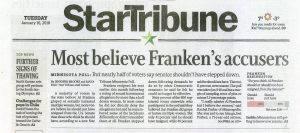
We may as well dispense with hearings or courts or privacy: just take a poll and publicize it…the sample will render the verdict. This is a dangerous way to do things.
I did watch 60 Minutes Sunday night, the “#MeToo” topic was one of the segments. I’m sure you can still watch the segment on-line. Now we move, righteously, to kill sexual harassment. It is a wonderful idea. So was prohibition, and the move to eliminate abortions, or to keep slavery, or get rid of illegals…the lists of schemes to prohibit go on and on and on.
To #MeToo as an issue: I read, and I talk to people of other genders with possibly differing points of view…. “Sex” is a part of every one of our beings. It has a very long history. In our country, there is a fascination with sex, as practiced by someone else.
The objective must be to make things better, rather than to attempt to make things perfect.
Then there is our national moral and legal arbiter Donald Trump. While there is much talk about the sanctity of “due process”, including from me, there is no level playing field when it comes to Trump. It is hard to imagine that he will ever be found guilty of anything. He is a proven serial liar – nothing he says can be taken at face value, even in writing, most certainly not in court, and sexual harassment is generally a very personal deal, rarely public, subject to interpretation. He needs only to deny…and countersue.
Lots of people who should know better, say what he allegedly did happened long ago…we should get over it. (There is something of that mantra about Judge Roy Moore, whose incidents happened, they say, “40 years ago”.)
Trumps reputation as a very rich man is that he is one who can afford to, and does, counter-sue almost at every opportunity. If you have power and lots of money, you can buy much better “due process” justice than if you are poor or less powerful or one of those teachers I used to represent.
With Trump, we have what we deserve, and we’re probably stuck with it. Make it a learning opportunity.
A NEW FAVORITE BIBLE STORY comes via an evangelical guy who attends an every Saturday Bible Study one table away from me at coffee. There seems to be an intended public witness by the half dozen men who usually attend, all nice guys, and knowledgable.
Anyway, a few Saturdays ago one gentleman – likely a PhD and a very decent man from all indications – was saying he’d been at something or other and the speaker talked about the first two commands in the Bible: “have sex and eat“. It got a good laugh from the assembled Christians….
Comments are welcome, but probably this forum is not the best – engage with others where you live.
Happy Valentine’s Day. And Ash Wednesday, too.
dick_bernardATmsnDOTcom
COMMENTS:
From Norm: Those old valentines brought back many memories of my grade school days when we used to exchange them I school. As I recall, there was usually a box set-up in our home room that had been decorated by our creative peers with a slot on its top for us to insert the valentines that we had brought in.
The box would later be opened on or close to Valentine’s Day and its contents distributed with all of the be my valentine messages on them.
I can even recall a few valentines that had a small red sucker attached to them as well.
Thanks for bringing back those special memories, Dick.
from Jeff: I think you make a good point, and one often pointed out, that if you are able, you can buy more due process if you can afford it.
I think the #metoo is a good thing, but while he said she said isn’t always right, sometimes it is (Aziz Ansari)
